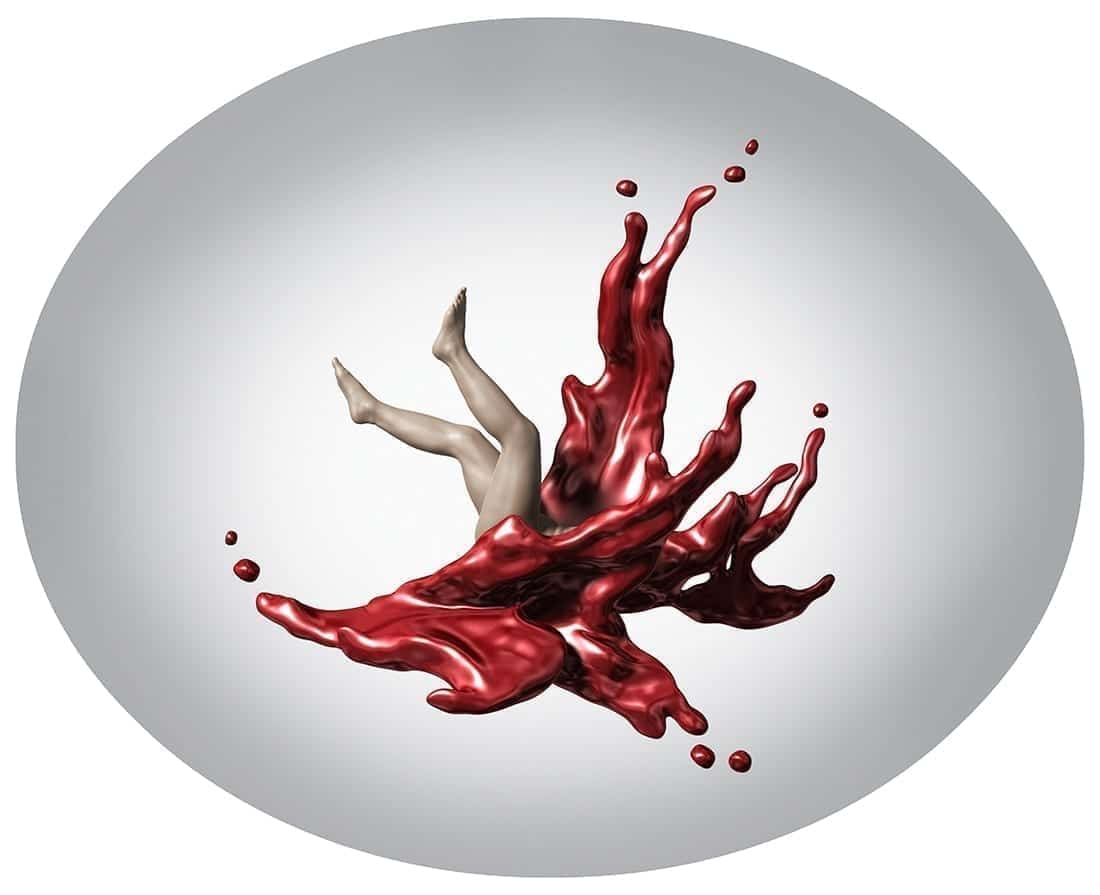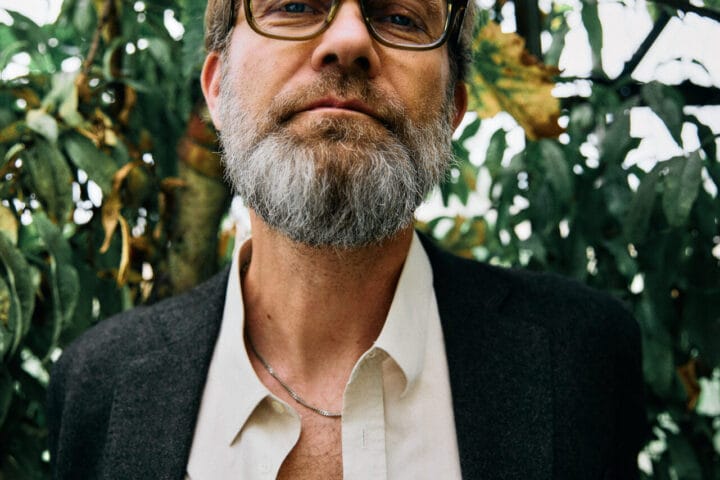A little boy fishing with a bamboo cane looks cute. He will never be able to catch anything with his simple fishing device and is only fishing for fun.
However, Tersløse’s soloexhibition “Catch” embracing large 3d-printed sculptures and inkjet prints shows angling as a bloody battle. The little boy is still fishing with a bamboo cane , but now he definitely hooks something.
The Ouroboros Child is a large sculpture showing a hybrid between a child and an earthworm used as fashing bait. The child has caught his own earthworm tale and seems to struggle in vain to get free.

Another sculpture named Medusa Child shows a child aggressively riding a giant earthworm that is hooked too. But the child is actually a freak having earthworms as hair. He seems unaware of the fact that all living beings are connected to each other and that he is hurting a member of his own family.
The objects are surrounded by inkjetprints showing computer generated imagery. All the pictures depict children confronted with waves of red water. Or maybe it is the blood that is spilled in the act of angling? The waves assume strange shapes that the children cann’t cope with. In one of the pictures the water even looks like a face that seems just as frightened as the children themselves.
The exhibition can be seen as a kind of modern allegory of loss of innocence and it emphasizes the tragic conditions of life we all have to face. We cann’t survive without killing other organisms, we never come to an understanding of our own existence. Just as the red water waves depicted in the pictures our lives always develope in ways we cann’t predict.
However, studied carefully, Tersløse’s works cann’t be reduced to simple messages.
It seem logical that the child is afraid of the water, but why does the water itself turn in to a frightened head? Medusa turned to stone when she saw herself in the mirror, and so The Medusa Child sculpture may suggest that we are scared of mirroring the aggresivity of the child. But then again, replacing the snake hair with earthworms Tersløse suggests that the child is not dangerous at all and may be a kind of wictim just as the worm he is riding.
Tersløse consistently plays with the viewer’s doubts and uncertainties. Every time we think we have understood his points, his work challenge us in new ways. His compositions are simple, his computer generated imagery is crystal clear, but despite the apparently simple artistic concepts and motifs his works are gateways to a world that turns out to be far more complex than anticipated.













